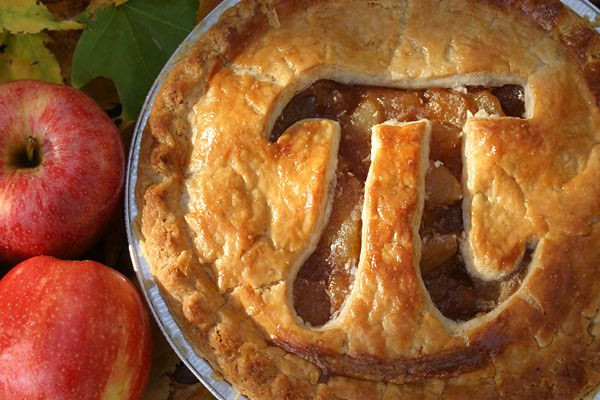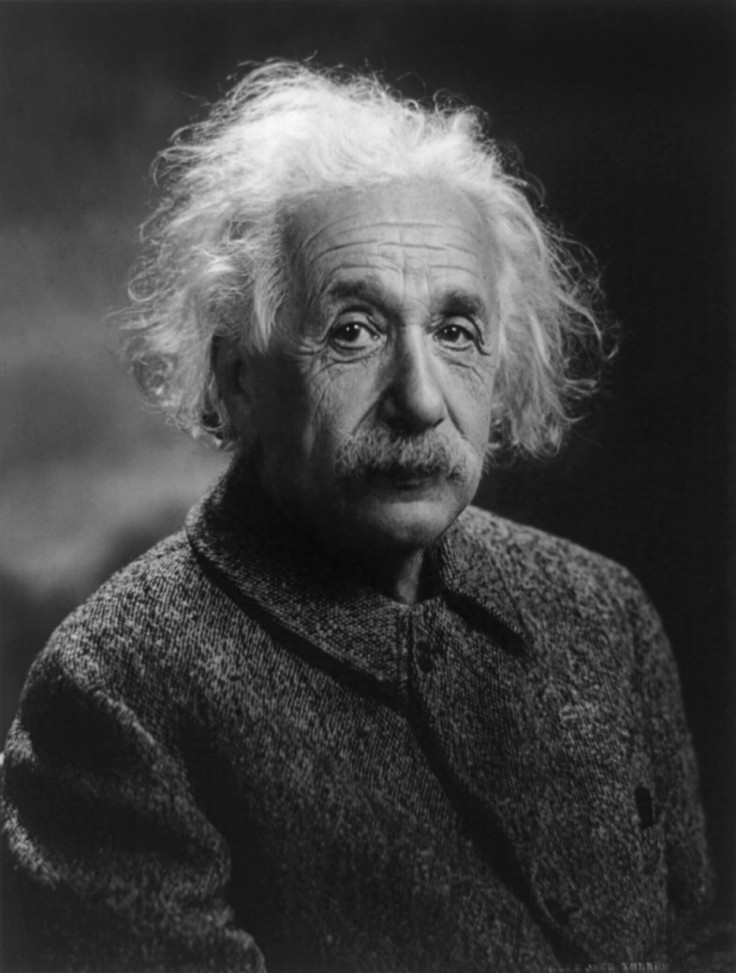Pi Day 2015: History and facts about 3.14159265358… as world marks once-in-a-century event

Pi Day 2015 is set to take place – and this year it is of particular importance, with the numbers configuring with the year as well as the day and month, an event that happens but once a century.
Pi Day is the annual celebration of the mathematical constant π (pi). It is observed on 14 March, with 3.14 corresponding to the first three significant digits of pi in decimal form.
However, this year is special because the following digits (15) align with the year 2015, and the six following that provide a time, creating a pi moment - 9:26:53.
Pi Day History
Pi Day was first celebrated in 1988. It has been organised by physicist Larry Shaw, who led celebrations at the San Francisco Exploratorium – staff and members of the public marched around and ate fruit pies.
In 2009, the US House of Representative announced their support for the designation of Pi Day: "Whereas mathematics and science can be a fun and interesting part of a child's education, and learning about pi can be an engaging way to teach children about geometry and attract them to study science and mathematics ... Pi can be approximated as 3.14, and thus March 14, 2009, is an appropriate day for 'National Pi Day': Now, therefore, be it."
Google Doodle marked Pi Day in 2010 with a special homage to the number: "Google says they're feeling geometric today and adorned their logo with various geometric formula," Pi Day leaders said.

Pi Day can be celebrated in a number of ways. Some people eat or throw pies, while others discuss its significance. Another popular activity is holding competitions to see who can recall it to the highest number of decimal places.
The World Record for memorising the most digits of ii is held by Chao Lu from China, who recited it to a whopping 67,890 places, at the Northwest A&F University, Shaanxi province, on 20 November 2005. He had practiced doing it for four years and the attempt lasted 24 hours and four minutes.
Another man, Akira Haraguchi, recited 100,000 digits in 16 hours but his record was not recognised by Guinness.
Facts about Pi

Pi was discovered as early as 4,000 years ago, with the ancient Babylonians. A tablet was discovered from between 1900 and 1680 BCE calculated it as 3.125. A few decades later a document by an Egyptian mathematician listed it as 3.1605.
Greek mathematician Archimedes devised the first recorded algorithm for calculating the value of pi around 250 BCE.
The symbol for pi arrived in 1706 when William Jones used the Greek letter to represent the ratio of the circumference to the diameter of a circle. The symbol is not really a symbol – it is the first letter of the word periphery – 'περιφέρεια'.
Pi is an irrational number in that its decimal value goes on forever, never repeating. Its value has been calculated to more than 2.7 trillion digits.
The number pi is the ratio of the circumference to the diameter of a circle. This ratio is the same for all circles.
Albert Einstein was born on Pi Day – he was born 14 March 1879.
Most of the trillions of digits in pi are not needed. Just 39 digits allows you to measure the circumference of the observable universe ... also if you write 3.14 and put it in a mirror it spells PIE!
© Copyright IBTimes 2025. All rights reserved.






















